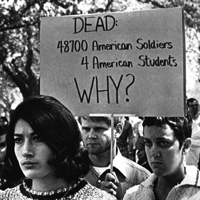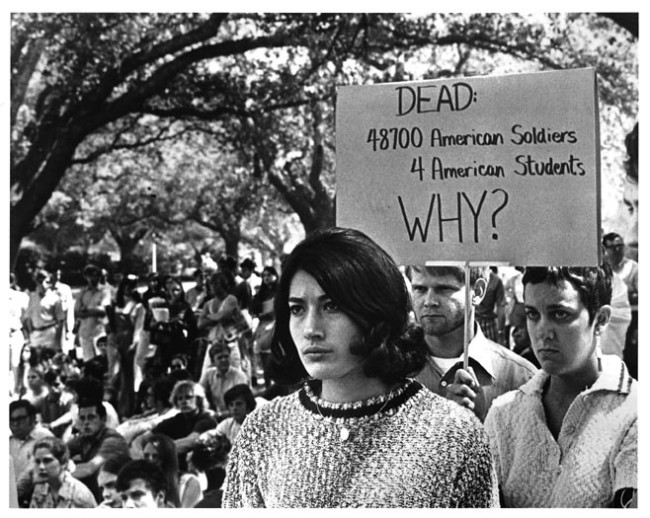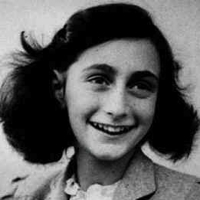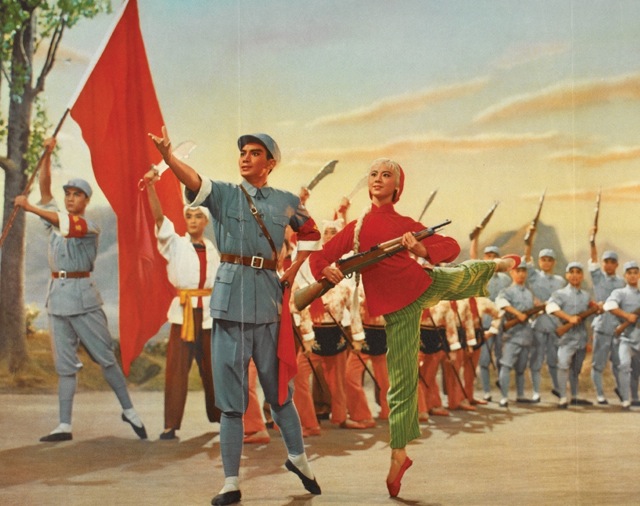 I assigned my preservice teachers at University of Portland the task of using Learnist to design a document based question that would eventually become part of a class-produced DBQ iBook collection. DBQ assignment here. More samples of student-designed DBQs here.
I assigned my preservice teachers at University of Portland the task of using Learnist to design a document based question that would eventually become part of a class-produced DBQ iBook collection. DBQ assignment here. More samples of student-designed DBQs here.
I’ve asked them to reflect on the assignment and invited them to guest post on my blog. Here is The Power of Propaganda designed by Kyle Stephens.
You can find Kyle’s posts on our class blog.
See Kyle’s chapter in our class-designed iBook – free at iTunes.
Kyle Stephens reflects on what he learned from the experience:
I wanted to somehow link the idea of propaganda to today’s society and challenge the students to think about how propaganda may be used today.
When I started my DBQ project I wanted to show how propaganda was used throughout history and see how propaganda evolved throughout the years. However, I decided to focus my attention at WWII and the Cold War Era. I was able to find some great documents showing the propaganda used during that time. I wanted to somehow link the idea of propaganda to today’s society and challenge the students to think about how propaganda may be used today. However, I didn’t come up with a great way to do that without making the project much larger in scope. I think I should have focused my attention to either WWII or the Cold War exclusively. I think I would have been able to dive in deeper with one of them, rather than trying to span over a long time and different conflicts. However, this DBQ could be used to try to connect the two events and show how propaganda played a part in both of these.
Image credit
The White-Haired Girl: Chinese film poster (1950)
British Library
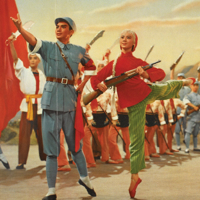

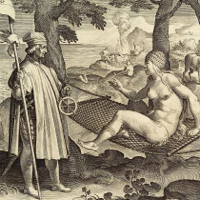
![America / [by Theodor Galle after Jan van der Straet]](https://peterpappas.com/images/2013/12/America-van-der-Straet.jpeg) I assigned my preservice teachers at University of Portland the task of using
I assigned my preservice teachers at University of Portland the task of using 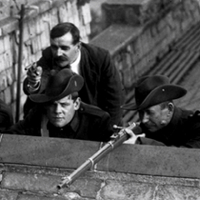
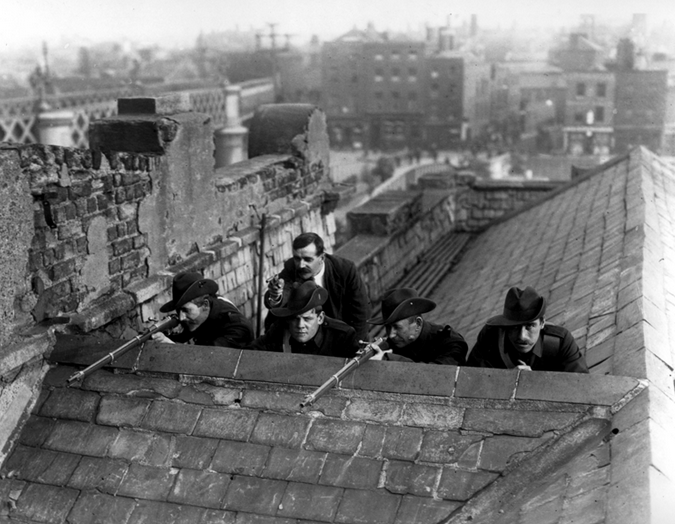 I assigned my preservice teachers at University of Portland the task of using
I assigned my preservice teachers at University of Portland the task of using 